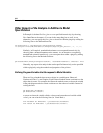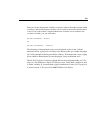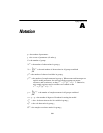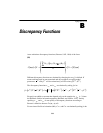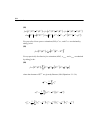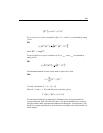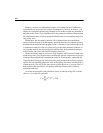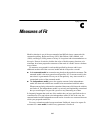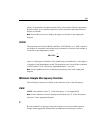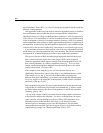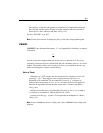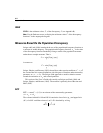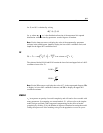
596
Appendix B
Suppose you have two independent samples and a model for each. Furthermore,
suppose that you analyze the two samples simultaneously, but that, in doing so, you
impose no constraints requiring any parameter in one model to equal any parameter in
the other model. Then, if you minimize (D1a), the parameter estimates obtained from
the simultaneous analysis of both groups will be the same as from separate analyses of
each group alone.
Furthermore, the discrepancy function (D1a) obtained from the simultaneous
analysis will be the sum of the discrepancy functions from the two separate analyses.
Formula (D1) does not have this property when r is nonzero. Using formula (D1) to do
a simultaneous analysis of the two groups will give the same parameter estimates as
two separate analyses, but the discrepancy function from the simultaneous analysis
will not be the sum of the individual discrepancy functions.
On the other hand, suppose you have a single sample to which you have fitted some
model using Amos. Now suppose that you arbitrarily split the sample into two groups
of unequal size and perform a simultaneous analysis of both groups, employing the
original model for both groups and constraining each parameter in the first group to be
equal to the corresponding parameter in the second group. If you have minimized (D1)
in both analyses, you will get the same results in both. However, if you use (D1a) in
both analyses, the two analyses will produce different estimates and a different
minimum value for F.
All of the inconsistencies just pointed out can be avoided by using (D1) with the
choice r = 0, so that (D1) becomes:
() ()
FNFNC
G
g
gg
==
∑
=1



